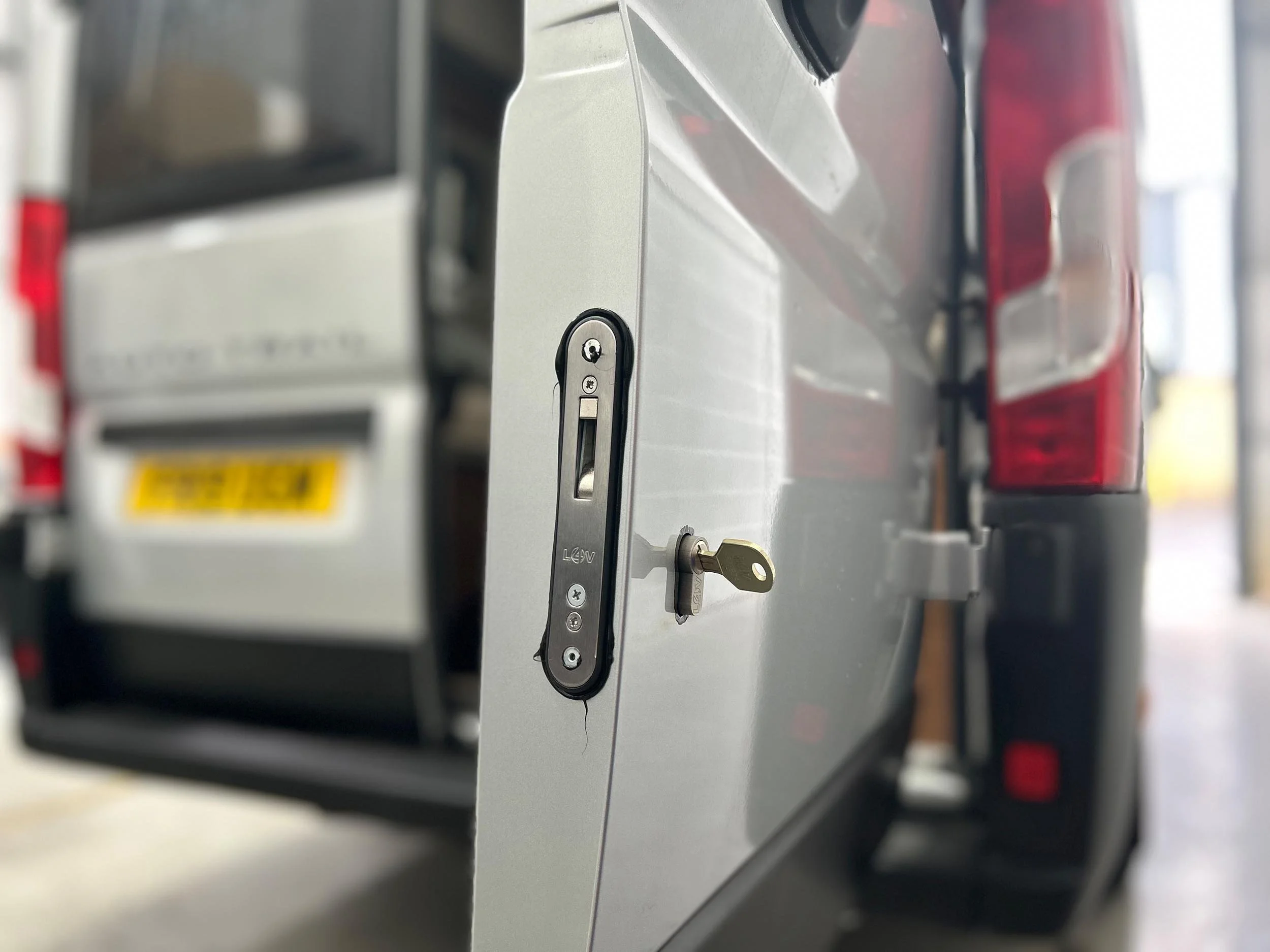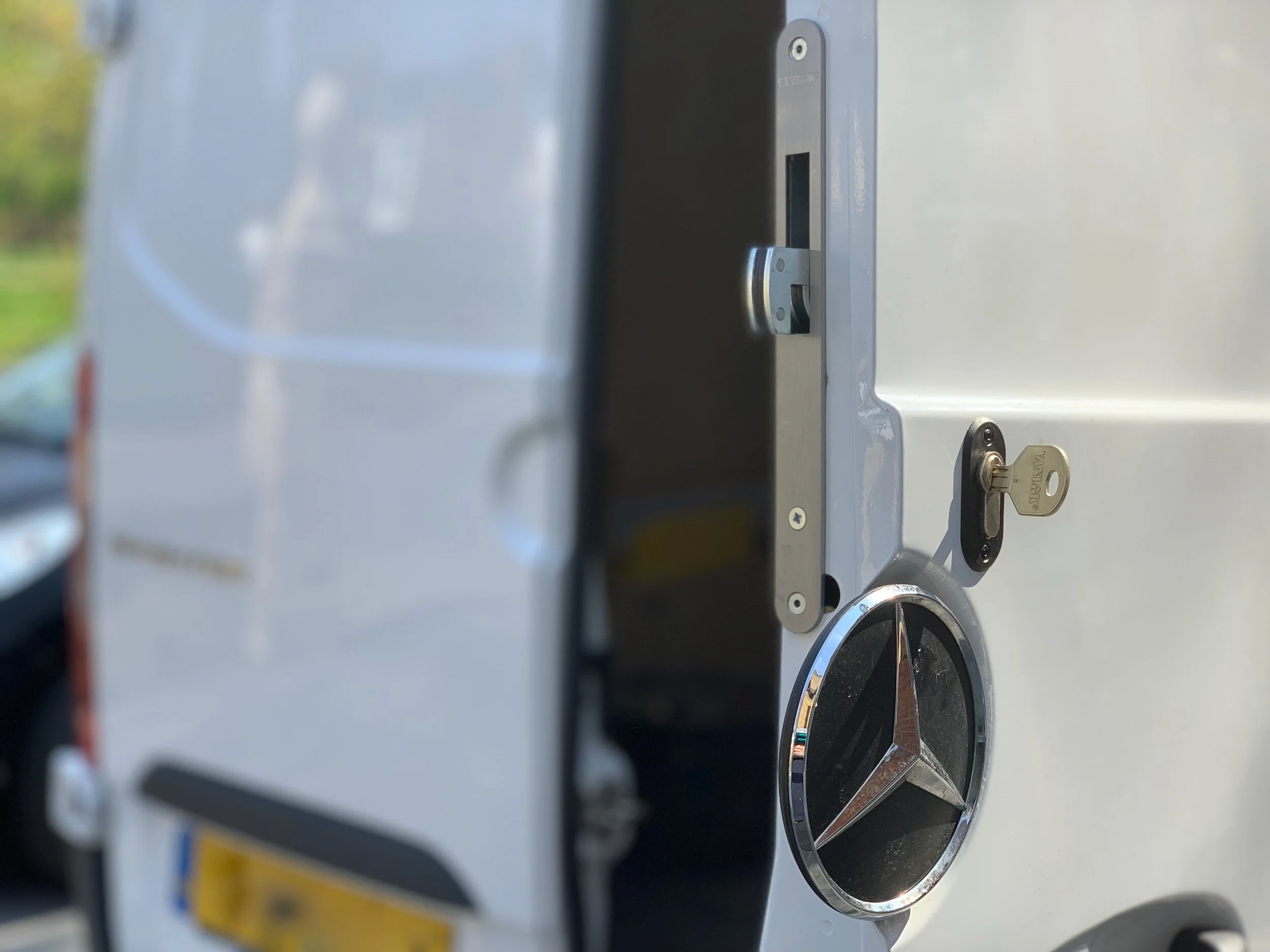
What is Body Sculpting?
Definition and Overview
Body sculpting, also referred to as body contouring, is a procedure designed to reshape or improve the appearance of specific areas of the body. These techniques can help eliminate stubborn fat, tighten loose skin, and enhance muscle tone. The goal is to create a more aesthetically pleasing silhouette and to help individuals achieve their desired body image. The term encompasses a wide range of procedures, both surgical and non-surgical, that focus on different aspects of body improvement.
Different Types of Body Sculpting
Body sculpting procedures can be broadly categorized into two main types: surgical and non-surgical.
- Surgical Body Sculpting: This includes procedures like liposuction, tummy tucks, and body lifts. These are invasive surgeries that require anesthesia and longer recovery times. Liposuction, for example, involves the suctioning of fat from specific areas, while a tummy tuck removes excess skin and fat around the abdominal area.
- Non-Surgical Body Sculpting: Often referred to as non-invasive procedures, these include techniques like CoolSculpting, EMSCULPT, and SculpSure. These treatments typically use various technologies such as cryolipolysis or radiofrequency to target fat cells without the need for incisions or prolonged recovery periods.
How Body Sculpting Works
Body sculpting works through various methods depending on the type of treatment chosen. For surgical options, the process typically involves the removal of fat and excess skin to achieve a desired shape. Non-surgical methods, on the other hand, often focus on fat reduction or muscle enhancement through technological means.
For instance, CoolSculpting uses cryolipolysis, a process that freezes fat cells, which then die off naturally and are eliminated by the body over time. EMSCULPT employs high-intensity focused electromagnetic (HIFEM) technology to stimulate muscle contractions, thus enhancing muscle tone while simultaneously reducing fat.
Benefits of Body Sculpting
Enhanced Aesthetic Appearance
One of the primary benefits of body sculpting is the enhancement of one’s aesthetic appearance. Many individuals struggle with body image issues related to stubborn fat deposits or loose skin, which can persist despite diet and exercise efforts. By undergoing body sculpting procedures, many find that they can achieve a more contoured and toned physique, thus fulfilling their aesthetic goals.
Boosts Confidence and Self-Esteem
In addition to physical changes, body sculpting can often lead to significant psychological benefits. Many people report an increase in self-confidence and improved self-esteem following their procedures. Feeling better about one’s body can lead to various positive life changes, including engaging in social situations, pursuing new opportunities, or embracing active lifestyles.
Long-lasting Results
Another advantage of body sculpting is the long-lasting results it can provide. While lifestyle factors such as diet and exercise can influence overall body shape over time, many procedures offer results that can be maintained for several years, particularly with proper care and maintenance. For instance, patients who maintain a stable weight after liposuction or similar procedures often enjoy their body contouring results for a long time.
Risks and Considerations
Potential Side Effects
As with any medical procedure, body sculpting comes with its set of risks and potential side effects. Surgical options may lead to complications like infection, scarring, or anesthesia-related issues. Non-surgical treatments can also result in side effects, such as temporary swelling, bruising, or redness in the treated areas.
According to the body sculpting industry, it’s essential to discuss these risks with a qualified healthcare professional who can provide personalized advice based on individual health profiles.
Cost Assessment for Body Sculpting
The cost of body sculpting varies significantly based on the type of procedure, geographic location, and the practitioner’s expertise. Non-surgical options might range from $2,000 to $4,000 per session, while surgical procedures can often exceed $10,000. It’s crucial for individuals to conduct thorough research and understand the total financial commitment before proceeding with any body sculpting treatment.
Recovery Time and Expectations
Recovery time can also vary widely depending on the type of body sculpting chosen. Surgical procedures typically require a longer recovery period, often involving several weeks of healing time to see optimal results. Non-surgical options usually allow for quicker recovery, with many patients returning to normal activities within a few days.
Choosing the Right Procedure
Consultation with Professionals
Choosing the right body sculpting procedure requires careful consideration and professional guidance. A consultation with a board-certified plastic surgeon or trained technician is vital to assess individual needs and goals. During this consultation, healthcare providers can explain the different techniques, expected outcomes, and any potential risks involved.
Evaluating Your Goals
Individuals should evaluate their personal objectives when selecting a body sculpting procedure. Are they looking to lose fat, tighten skin, or enhance muscle tone? Understanding one’s specific goals can help narrow down the options available. This introspection is crucial for ensuring satisfaction with the results.
Comparing Non-Surgical vs. Surgical Options
It’s essential to compare the pros and cons of both non-surgical and surgical body sculpting options. Non-surgical procedures may present fewer risks and shorter recovery times, but they often yield subtler results. On the other hand, surgical procedures typically provide more dramatic transformations but come with increased risks and longer recovery times.
Aftercare and Maintenance
Post-Procedure Care Essentials
Following a body sculpting procedure, patients must adhere to specific aftercare guidelines to ensure optimal healing and results. For surgical patients, this may involve avoiding strenuous activities, following prescribed medication regimens, and attending follow-up appointments with their healthcare provider. Non-surgical patients should also follow any listed guidelines to minimize side effects and enhance results.
Long-Term Habits for Optimal Results
Maintaining the results from body sculpting procedures requires the adoption of healthy long-term habits. This includes a balanced diet, regular physical activity, and weight management. Those who establish a healthy lifestyle are more likely to enjoy the benefits of their procedures for years to come.
Monitoring Changes Over Time
Individuals should regularly monitor their bodies post-procedure. This can include tracking weight changes, skin texture, and overall body shape. Open communication with healthcare providers is essential for addressing any concerns that may arise, ensuring the sustainability of the achieved results, and making adjustments to personal health routines as necessary.






